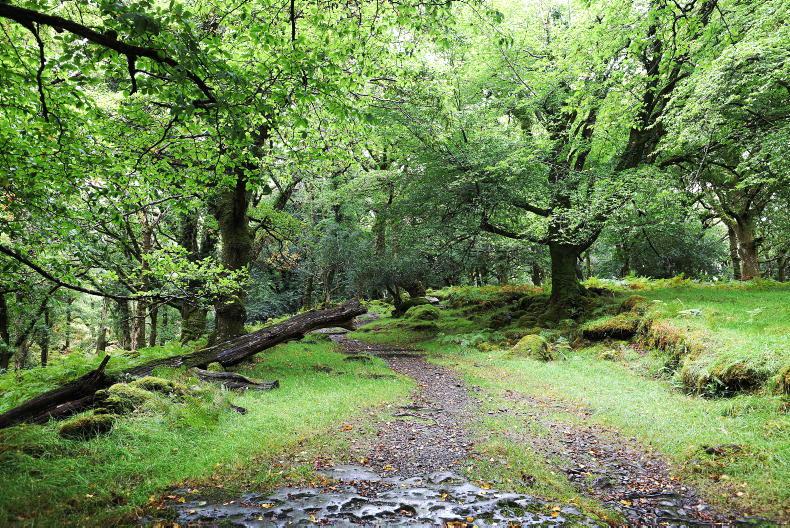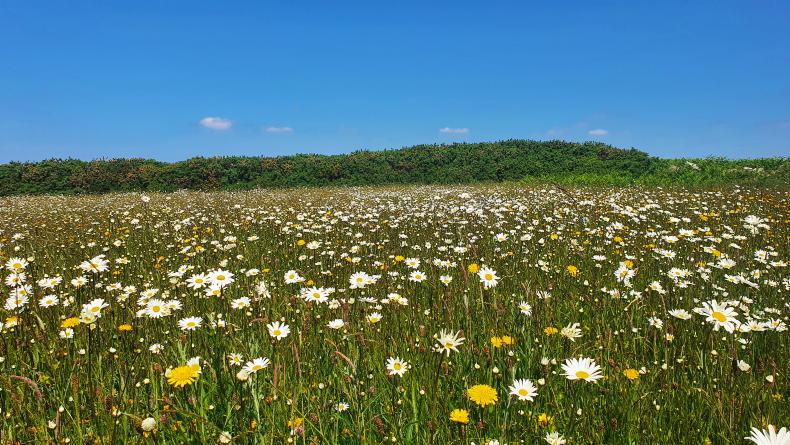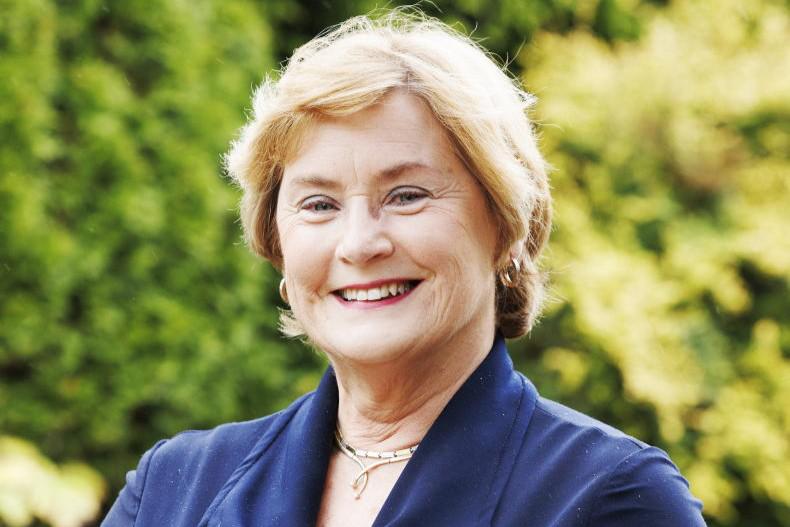I was once told that there is a formula for dating hedges based on the number of tree and shrub species per unit length.
Known as the Hooper Formula, the number of tree and shrub species in a 30-metre length of hedge can indicate its age, with one species for each 100 years. A single species hedge is likely to be less than 100 years old whilst a 1,000-year-old hedge is likely to contain 10 to 12 species.
I can’t tell you how many hedges I’ve walked and counted the honeysuckle. Blackberries, elder and Guelder rose. You can’t help but imagine the hands that first planted these boundary markers.
I’m picking up where I left off in last week’s column when I mentioned the not often seen cherry plums in one of the abandoned hedges here.
The reason? Well, this week, as it happens, is National Hedgerow Week. Hedgerows as most of us know are far better for wildlife and the landscape than any type of fence, but are we as horse farmers encouraging them enough around our farms?
I have to admit to not having enough hedging, but it is in my five-year farm plan to plant some whips next year along most of my paddock fencing. Hawthorn, Hazel and Dog Rose are top of my list of horse-friendly plants.
Hedges are our natural heritage; I’ve been watching a breeder friend of mine’s hedges grow from scratch to full glory over the past few years and I’m always a bit envious of the flowers and hips that appear like jewels in the depths of the dark green walls.

Pictured from (L to R): Pat Murphy, Head of Environment Knowledge Transfer, Teagasc; Dr Catherine Keena, Teagasc Countryside Management Specialist; Pippa Hackett, Minister of State for Land Use and Biodiversity in the Department of Agriculture; Catherine Casey, Head of Climate Change, The Heritage Council and Virginia Teehan, Chief Executive Officer, The Heritage Council. \ Paul Moore, Photography
Launched by Minister of State for Land Use and Biodiversity, Pippa Hackett, last week in Birr Castle, Co Offaly, National Hedgerow Week celebrates the history and value of hedgerows in our landscapes, a living connection to our farming heritage.
The well-curated programme of free events focuses on planting and managing hedgerows to maximise the benefits for biodiversity, climate and farmers.
On Friday 6 September, Fay Ó Foghlú and Jeremy Turkington, of the Hometree charity will join the Teagasc ‘Signpost’ webinar to discuss ‘Growing Native Trees and Hedges from Irish Seed’. You can sign up via the Teagasc website.
Or better still, check out the Irish Seed Savers Association Hedgerow Management Workshop in Scariff, Co Clare on Saturday, 7 September.
The workshop will explore best practices for nature-friendly hedgerow management and you will learn about the inherent value of hedgerows.
The event will include talks from Barry O’Loughlin, biodiversity officer with Clare County Council; Catherine Keena, hedgerow expert with Teagasc; and Katie Smirnova and Eamonn McLoughlin from Hedgerows Ireland. If only Cork wasn’t so far from Fermanagh!
Hedgerows in horse fields offer shelter from the weather, they provide safe sanctuary to wildlife, improve soil health, and connect fragmented habitats. Let’s face it, they are also so much more beautiful to look at than fencing.
I was once told that there is a formula for dating hedges based on the number of tree and shrub species per unit length.
Known as the Hooper Formula, the number of tree and shrub species in a 30-metre length of hedge can indicate its age, with one species for each 100 years. A single species hedge is likely to be less than 100 years old whilst a 1,000-year-old hedge is likely to contain 10 to 12 species.
I can’t tell you how many hedges I’ve walked and counted the honeysuckle. Blackberries, elder and Guelder rose. You can’t help but imagine the hands that first planted these boundary markers.
I’m picking up where I left off in last week’s column when I mentioned the not often seen cherry plums in one of the abandoned hedges here.
The reason? Well, this week, as it happens, is National Hedgerow Week. Hedgerows as most of us know are far better for wildlife and the landscape than any type of fence, but are we as horse farmers encouraging them enough around our farms?
I have to admit to not having enough hedging, but it is in my five-year farm plan to plant some whips next year along most of my paddock fencing. Hawthorn, Hazel and Dog Rose are top of my list of horse-friendly plants.
Hedges are our natural heritage; I’ve been watching a breeder friend of mine’s hedges grow from scratch to full glory over the past few years and I’m always a bit envious of the flowers and hips that appear like jewels in the depths of the dark green walls.

Pictured from (L to R): Pat Murphy, Head of Environment Knowledge Transfer, Teagasc; Dr Catherine Keena, Teagasc Countryside Management Specialist; Pippa Hackett, Minister of State for Land Use and Biodiversity in the Department of Agriculture; Catherine Casey, Head of Climate Change, The Heritage Council and Virginia Teehan, Chief Executive Officer, The Heritage Council. \ Paul Moore, Photography
Launched by Minister of State for Land Use and Biodiversity, Pippa Hackett, last week in Birr Castle, Co Offaly, National Hedgerow Week celebrates the history and value of hedgerows in our landscapes, a living connection to our farming heritage.
The well-curated programme of free events focuses on planting and managing hedgerows to maximise the benefits for biodiversity, climate and farmers.
On Friday 6 September, Fay Ó Foghlú and Jeremy Turkington, of the Hometree charity will join the Teagasc ‘Signpost’ webinar to discuss ‘Growing Native Trees and Hedges from Irish Seed’. You can sign up via the Teagasc website.
Or better still, check out the Irish Seed Savers Association Hedgerow Management Workshop in Scariff, Co Clare on Saturday, 7 September.
The workshop will explore best practices for nature-friendly hedgerow management and you will learn about the inherent value of hedgerows.
The event will include talks from Barry O’Loughlin, biodiversity officer with Clare County Council; Catherine Keena, hedgerow expert with Teagasc; and Katie Smirnova and Eamonn McLoughlin from Hedgerows Ireland. If only Cork wasn’t so far from Fermanagh!
Hedgerows in horse fields offer shelter from the weather, they provide safe sanctuary to wildlife, improve soil health, and connect fragmented habitats. Let’s face it, they are also so much more beautiful to look at than fencing.









SHARING OPTIONS